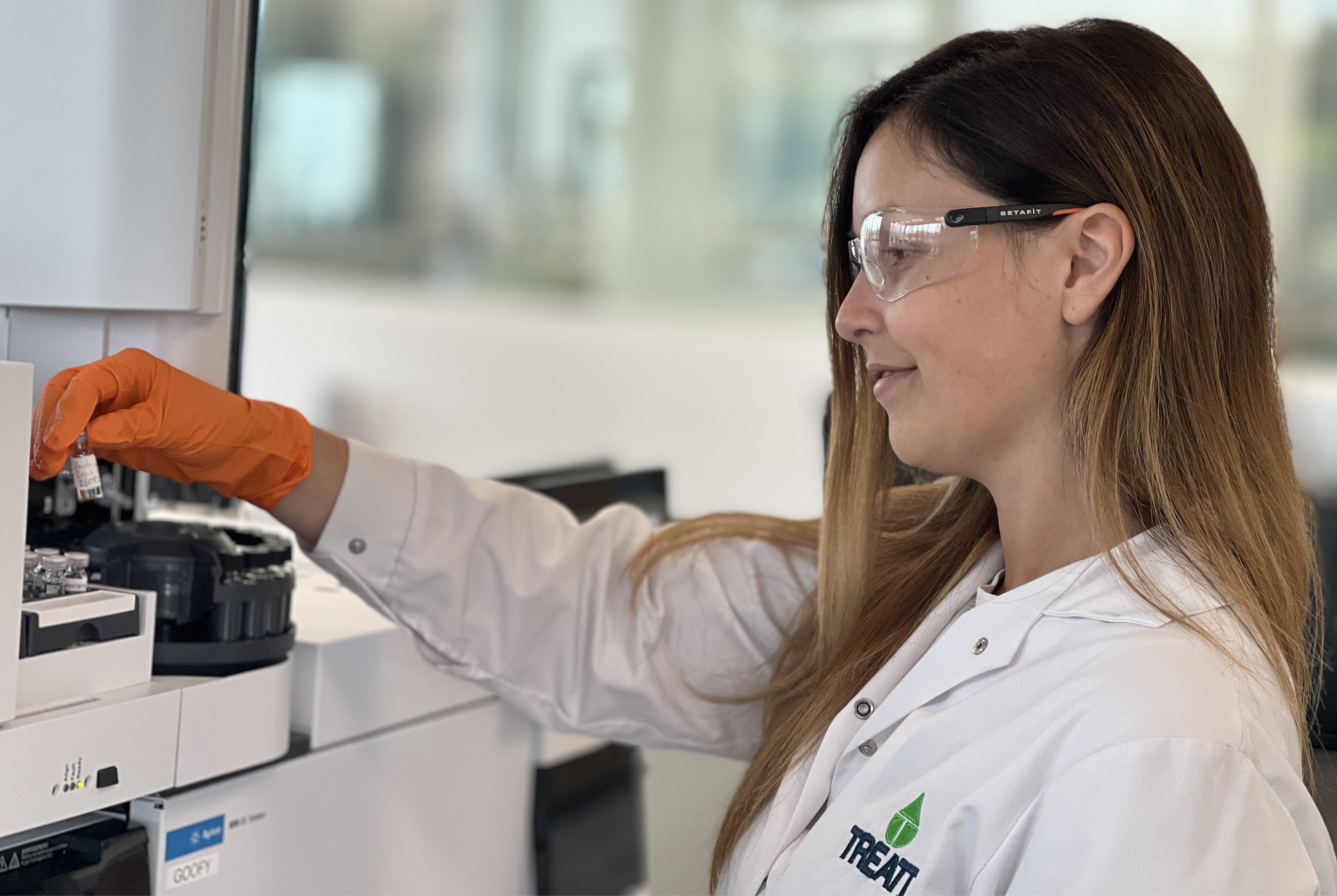What is chlorpyrifos?
Chlorpyrifos is an organophosphate insecticide, acaricide and miticide, used primarily to control soil-borne insect pests on crops. It was first registered for use in 1965 and was patented by Dow Chemical Company in 1966. The US Environmental Protection Agency (EPA) estimated that between 1987 and 1998, about 21 million pounds of chlorpyrifos were used annually on citrus fruits, apples, cherries and other crops, making it one of the most widely used pesticides in the world.
In the UK, the use of chlorpyrifos was banned in 2016, with one minor exception. Since 2020, chlorpyrifos and chlorpyrifos-methyl have been banned throughout the EU. The UK conforms to EU rulings, where the level of detection must be less than 0.01 parts per million (ppm).
Chlorpyrifos exposure concerns
Extensive research by US scientists concluded that ingesting even minuscule amounts of chlorpyrifos can have detrimental neurological effects on developing foetuses, infants, children and pregnant women. The American Academy of Paediatrics, which represents more than 66,000 paediatricians and paediatric surgeons, also warned that continued use of chlorpyrifos puts developing foetuses, infants, children and pregnant women at greater risk.
On 30th August 2021, the EPA published a final rule to revoke all tolerances for chlorpyrifos residues in a variety of human foods, including: corn, soybean seed, wheat, nuts, certain fats and oils, some fruits, vegetables and meats, milk, eggs, and a variety of animal foods, including forage of alfalfa, wheat, and sorghum, ranging from 0.1 to 15 parts per million (ppm).
This final rule became effective on 28th October 2021 and tolerances subject to this revocation expired on 28th February 2022. As a result, food produced from any crop that was treated with chlorpyrifos after 27th February 2022 did not meet legal requirements.
A transition period
When insecticides are applied to a crop, it can take months, even years, for it to be fully eradicated from the soil and the plant itself. According to the National Institute of Health, the half-life for chlorpyrifos can typically range from 33 to 56 days for soil incorporated applications.
A transition period followed the EPA ruling, whereby organisations could still trade products that contained trace levels of chlorpyrifos, as long as they had been lawfully applied prior to the ban.
However, by 2023, the food and beverage industry were facing a challenge. Even though farmers started using alternative insecticides and pesticides, it would have become unlawful to trade crops that had been previously treated with chlorpyrifos and which still contained residues.
Chlorpyrifos tolerance revocation
In November 2023, the US Appeals Court overturned the decision and mandated the EPA to reconsider the revocation, especially with regard to 11 specific uses: alfalfa, apple, asparagus, cherry (tart), citrus, cotton, peach, soybean, strawberry, sugar beet, spring wheat and winter wheat.
On 5th February 2024, the entry in Title 40 of the Code of Federal Regulations Part 180.342 was amended by the EPA to remove the note concerning the February 2022 expiry date, effectively reapplying the tolerances that were listed prior to that date. The revocation applies to the US market only.
Under Section 408(l)(5) of the FD&C Act (the channels of trade provision), any residues of chlorpyrifos in or on food shall not render the food adulterated, as long as it is shown to the satisfaction of Food and Drug Administration (FDA) that: firstly, the residue is present as the result of an application or use of the pesticide at a time and in a manner that was lawful under FIFRA; and secondly, the residue does not exceed the level that was authorised at the time of the application or use to be present on the food under a tolerance or an exemption from a tolerance that was in effect at the time of the application.
It is expected that the EPA will now apply a revocation on all uses, other than the 11 products listed above, and expedite a full review of the chlorpyrifos tolerances. Rather than committing to reinstating the full ban, the EPA said it plans to maintain food uses for roughly half of the historically submitted applications, which include apples, asparagus, cherries, citrus, cotton, peaches, soybeans, sugar beets, wheat and alfalfa. This official decision is anticipated later in 2024.
Essential oils obtained from citrus fruits may still contain residues of chlorpyrifos. In this respect, foodstuffs and their derivatives lawfully treated with chlorpyrifos in the supply chain will now not automatically be considered unlawful.

Treatt’s stance on regulation and compliance
Treatt has adopted a rigorous quality control system including the routine monitoring of pesticide residues to ensure that our raw materials and finished products are in compliance with the legal requirements of the EPA Code of Federal Regulations, taking into account the channels of trade provision and the EU Regulation (EC) No.396/2005 (2020/18).
Treatt conducts frequent proficiency testing on all of our products to validate results. We collaborate with BIPEA, an independent organisation providing proficiency testing programmes for laboratories concerned with quality control and analytical accuracy. Treatt is always considering our suite of testing and proactively manages regulatory changes.
Stay in touch
Click the button on the left to sign up to receive our latest insights, market intelligence, and product updates straight to your inbox, or follow us on LinkedIn and join the conversation.
